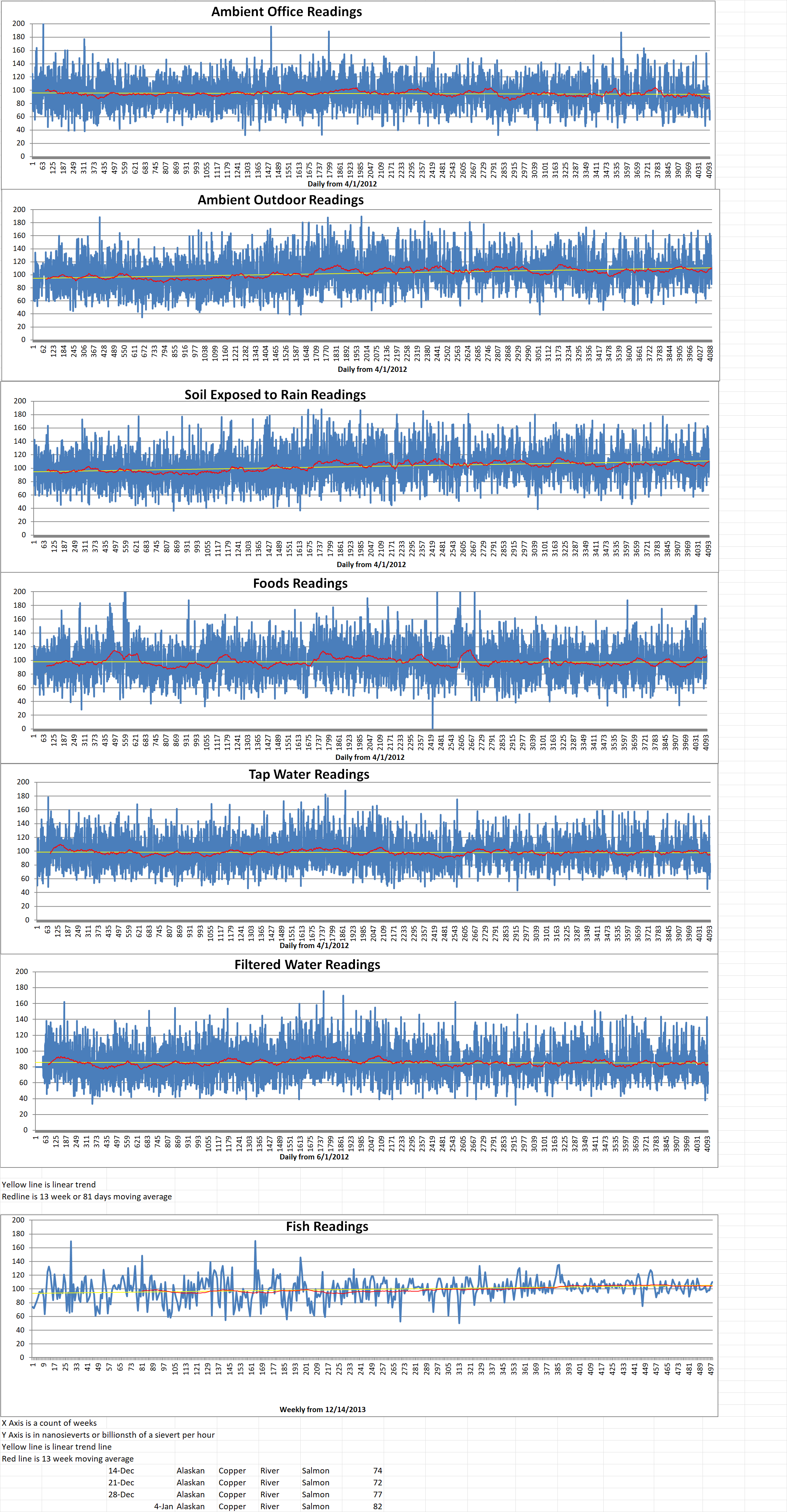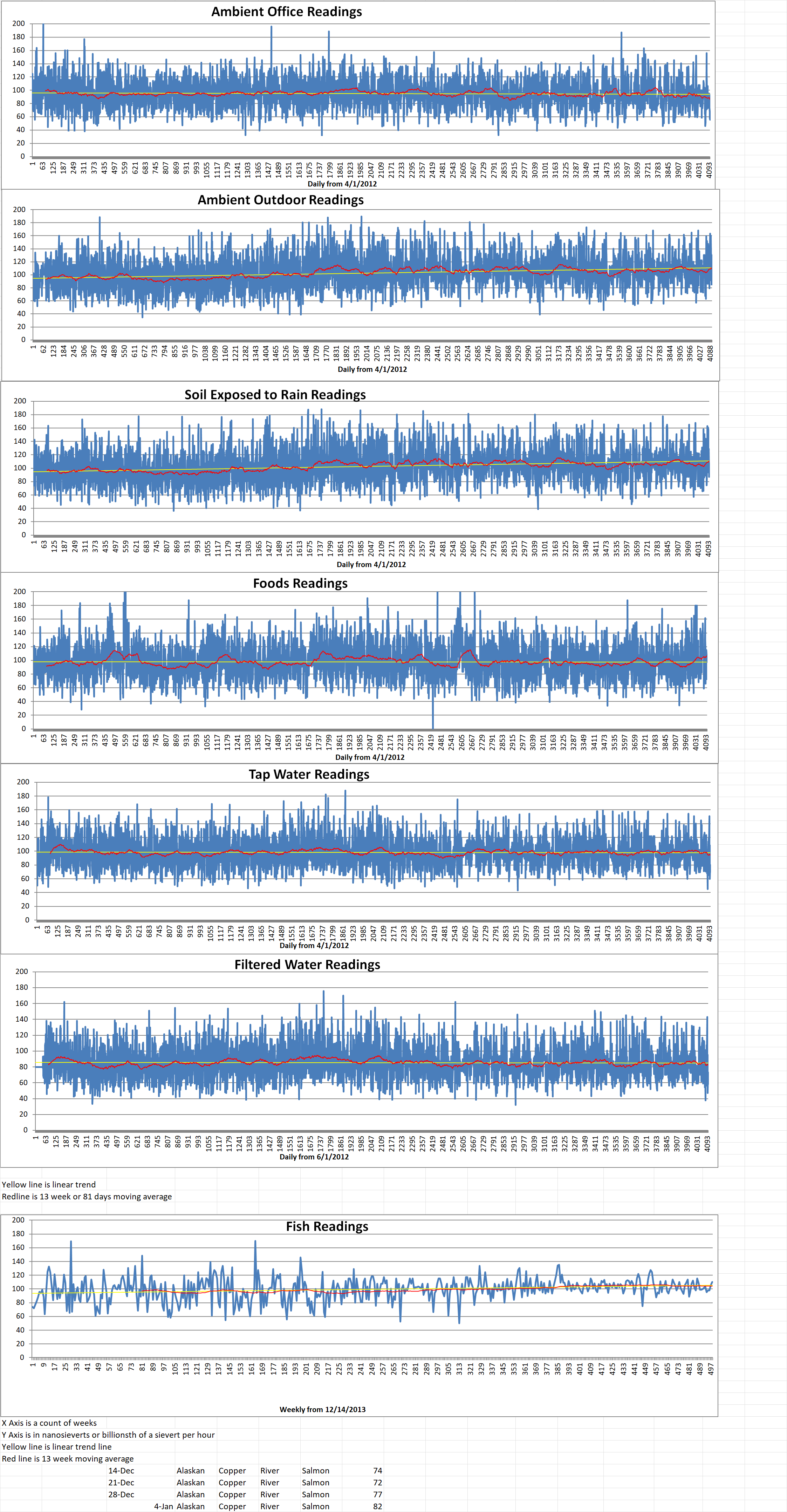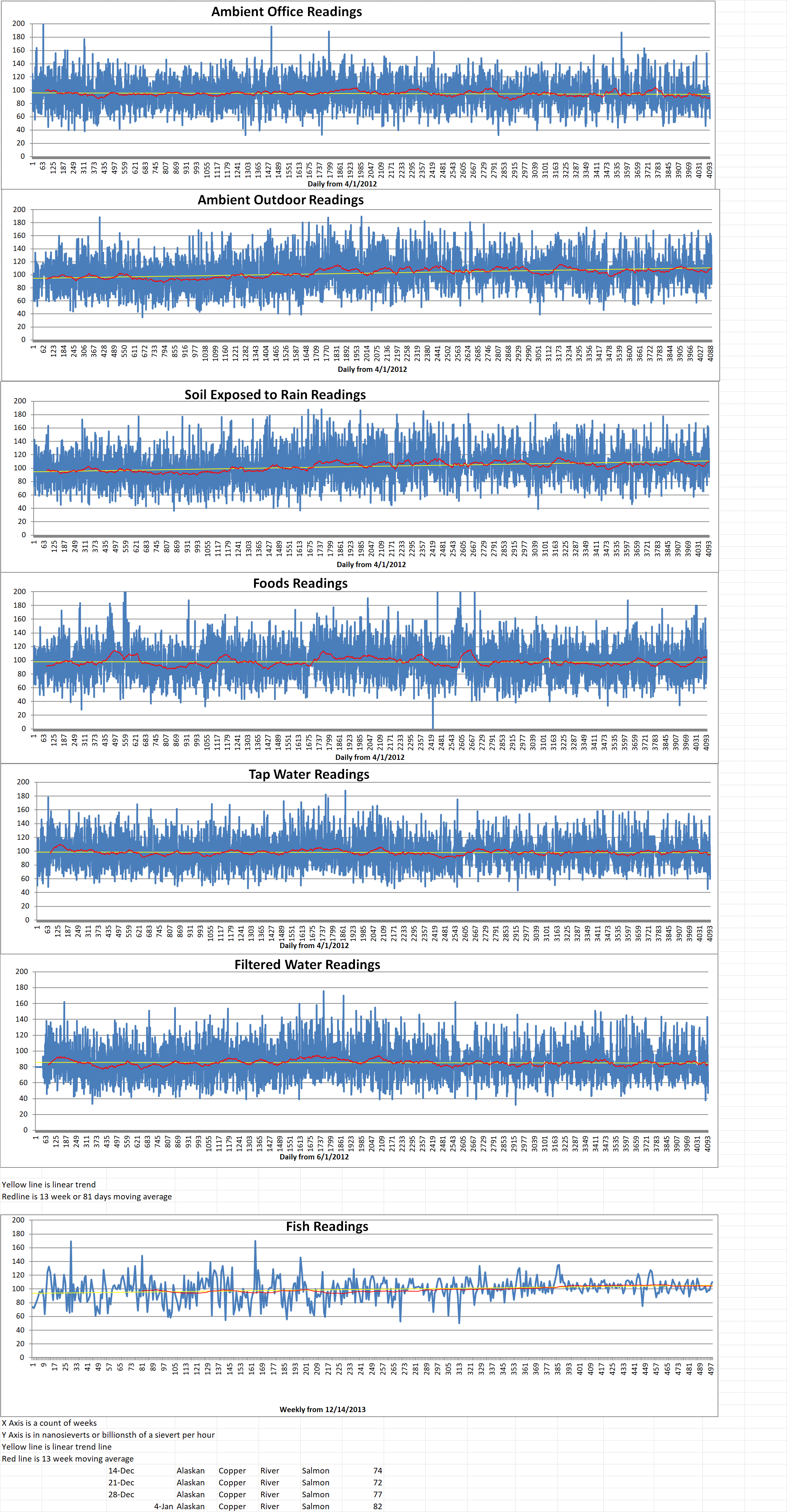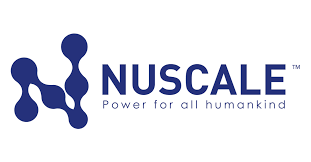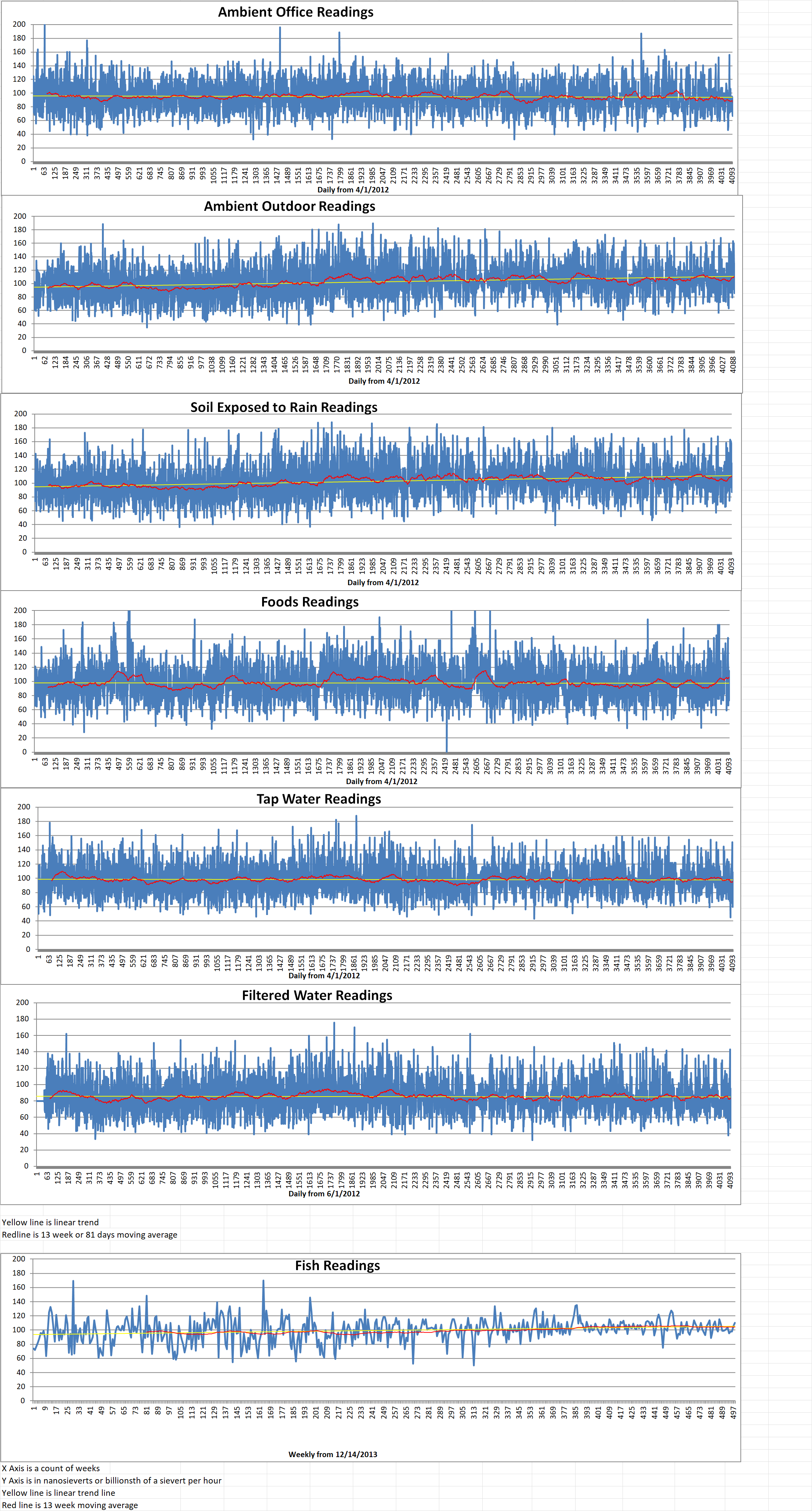Part 1 of 2 Parts
Nuclear power plants generate electricity in some countries. Operational restrictions mandate that a nuclear power plant’s life is about thirty-five to forty-five years. At the end of their life cycle, nuclear power plants are decommissioned. Decommissioning is a very complex process that requires years, if not decades, of planning and execution.
The International Atomic Energy Agency (IAEA) defines the process of nuclear decommissioning as the combination of two operational tasks that must be performed simultaneously. These consist of administrative and technical activities. As a result of these activities, radioactive resources and waste generated by the operation of the plant must be thoroughly cleaned up. This is done in order for the plant site to be repurposed so it can be used for other purposes.
The first part of the complete process of nuclear decommissioning involves meticulous planning for ceasing operations, the radiological characterization of materials by experts, and the development of an efficient decontamination strategy for the nuclear site. The second part of the process is the safe dismantling of the facility structures, and the management of waste materials as dictated by rules and regulations. This comprehensive approach ensures the safe, efficient, and effective transition of the land under the plant for other uses in the future.
In the field of nuclear sciences, the safe decommissioning of facilities is considered an essential part of the whole life cycle management of nuclear power sites. Field experts are hired to devise relevant strategies for the closing and cleanup of nuclear sites.
The complex nuclear decommissioning process incorporates years of data gathering. The plan for the nuclear decommissioning of any facility is initiated along with the operational authorization of the facility. The plan must be economically and functionally viable. It must cover all associated financial costs. This early planning ensures that the nuclear waste is managed safely without causing any harm to the environment.
A detailed decommissioning plan is created upon final shutdown, outlining the strategy for safely dismantling the nuclear facility. It describes the steps required to ensure radiation protection for workers and the public, addresses significant environmental impacts, outlines the proper management of radioactive and non-radioactive materials, and details the termination process for regulatory authorization regarding the nuclear facility and its site.
Various technical, environmental, and social challenges threatened the decommissioning of existing nuclear power facilities and future energy infrastructure. It is critical to understand these challenges and devise sustainable solutions.
A research article recently published in the journal Energy Policy has highlighted several important challenges faced during the decommissioning of nuclear facilities. The statistics indicate that after mid-2020, only three percent of nuclear reactors have been fully decommissioned.
Decommissioning existing nuclear energy infrastructure faces technical challenges in safely managing radioactive, toxic, and hazardous materials. Correct handling, transportation, reusing, recycling, and disposing of standardized recycling policies and regulations for end-of-life waste management increases these challenges.
The economic implications of nuclear decommissioning are expected to be substantial and will increase as more nuclear facilities reach the end of their licensed life. Public funds often finance most nuclear decommissioning in Europe. Inadequate reserves by nuclear power plant operators means that taxpayers will probably bear the future decommissioning costs.
Please read Part 2 next

